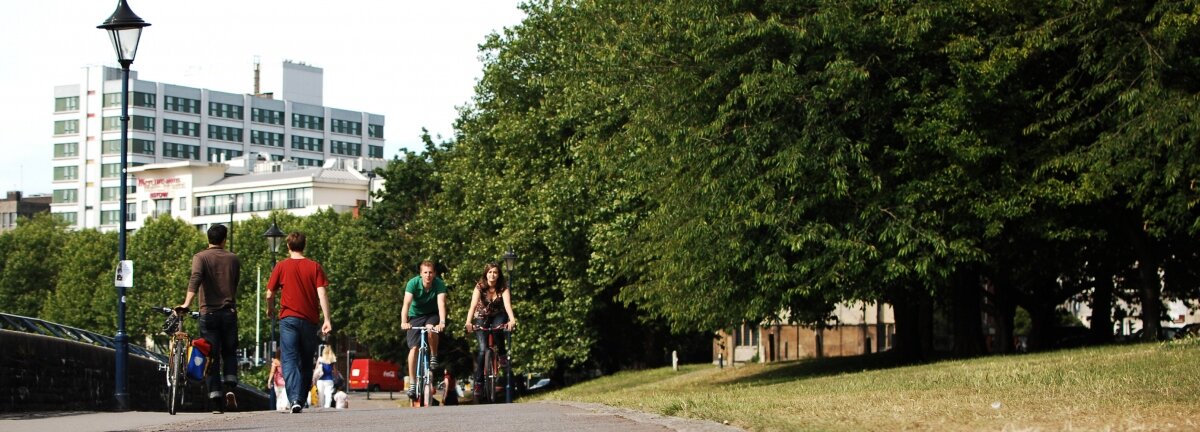Why it pays to be an active city

The same elements that make a city a great place for physical activity also make it more competitive for investment and job creation.
Mandy Ayres from Nike, and a speaker at our upcoming Active by Design Summit, and Philip Insall from Sustrans explain the massive gains that come from increasing physical activity levels in cities.
According to the World Health Organisation, physical inactivity is now the fourth largest contributor to global mortality and costs the UK economy around £20 billion a year.
Nike and Sustrans, and others in the health, education and planning sectors are reframing the issue from a positive perspective. We want to focus on the massive gains that come from reversing the decline in activity, rather than the negatives of failure to do so.
Both of our organisations believe that a city that makes active living a priority will have a major advantage in the global competition for jobs and investment.
Investing in physical activity brings great dividends - nations or cities that do so will be winners.
In the UK, the recent All Party Commission on Physical Activity called for a national plan of action, to include ‘designing physical activity back into our everyday lives’. During the Commission’s period of inquiry, something became very clear: committing to and investing in physical activity brings great dividends and that nations or cities that do so will be winners.
Nike then commissioned the US-based Active Living Research to review the available evidence on the impact of designing cities for physical activity. The research shows that cities designed for physical activity are healthier, wealthier, safer, greener and more cohesive. Not surprisingly, the people who live in them are happier too. And their children do better in school.
Among 20 different studies on the economic benefits of walking and cycling interventions, the average benefit-to-cost ratio was found to be 13:1.
The complete findings will be released soon, but here are some of the highlights:
- Reduced crime rates: In one city, crime decreased by 75 percent when a street was converted into a car-free space. Eight separate studies found that community gardens increase community cohesion, and reduce graffiti and violence.
- Increased retail activity: Multiple studies have shown that making places better for walking can boost footfall and trading by up to 40% and raise retail rents by 20%.
- Improved mental health: People who live closer to green space feel healthier, less stressed, and less lonely.
- Children learn better: Physically active and fit children tend to have better academic achievement, better school attendance and fewer disciplinary problems.
- Adults work better: Among other benefits, physically active employees take 27% fewer sick days.
- Lower healthcare costs: A modelling study of one city estimated that by 2040, investments in cycle infrastructure (costing from $138 to $605 million) will result in healthcare cost savings of $388 to $594 million, fuel savings of $143 to $218 million, and savings in value of statistical lives of $7 to $12 billion.
In times of budgetary austerity, cities can be reassured that investing for activity is also excellent value for money. Among 20 different studies on the economic benefits of walking and cycling interventions, the average benefit-to-cost ratio was 13:1.
You don’t have to look far to see progress towards making cities activity-friendly. Liverpool is combating lower-than-average life expectancy and low activity rates with a cross-agency strategy to deliver physical activity options to all citizens. Edinburgh is progressively raising its investment in cycling, year on year.
A number of London Boroughs are moving to default 20mph limits. Bristol’s Physical Activity Charter sets out eight ambitions across work, school, play and travel to help residents choose an active life. There are many cities taking the first steps.
At the end of the day, of course, cities are a lot like people. The ones that make physical activity a priority are healthier, more appealing and a lot better off than those that don’t.
Subscribe to our newsletter
Want to keep up with the latest from the Design Council?
